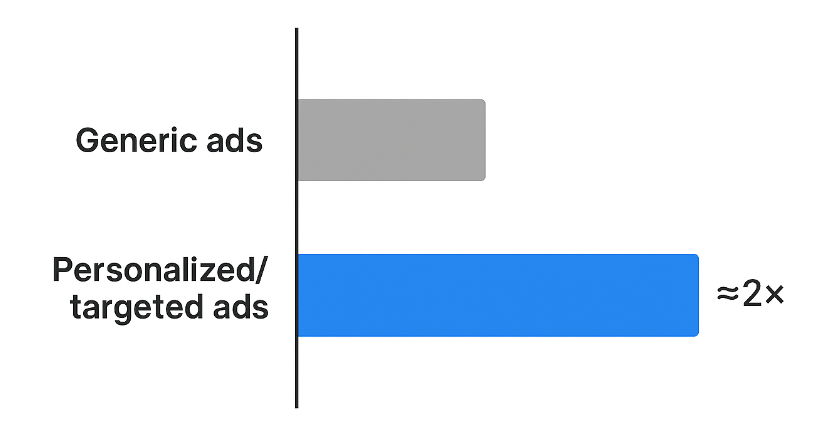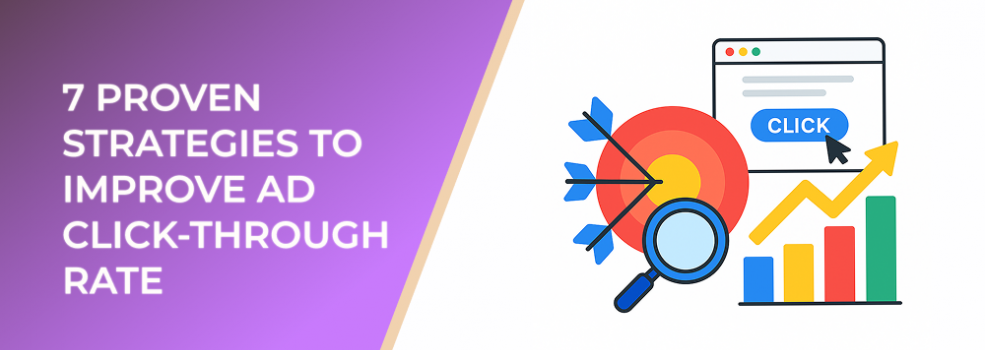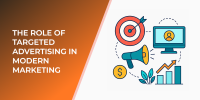This guide breaks down proven tactics, from ad copy optimization to audience segmentation, to help you make every impression count.
A strong click-through rate (CTR) is one of the clearest indicators of effective advertising. Whether you’re running paid social campaigns or display ads, your CTR reflects how well your ad resonates with its audience. Improving this metric can lead to higher engagement, better ROI, and stronger overall performance.
Here are seven proven strategies to elevate your CTR and make your ads impossible to ignore.
1. Craft Compelling Headlines
Your headline is the first (and sometimes only) thing users notice. A study by Copyblogger found that 8 out of 10 people read headlines, but only 2 out of 10 read the rest. This means your headline must instantly capture attention and promise value.
Tips:
-
Use numbers and data (e.g., “Get 25% More Conversions”)
-
Ask a question or offer a solution
-
Keep it short and benefit-focused
2. Use High-Quality, Relevant Visuals
Visuals increase engagement dramatically. According to MDG Advertising, content with relevant images gets 94% more views than content without. For ad creatives, high-quality visuals that align with your message can immediately attract more clicks.
Ensure your visuals:
-
Match your brand style
-
Reflect the ad’s promise
-
Are optimized for each platform’s size and format
3. Target the Right Audience
Reaching the right people is essential. A perfectly crafted ad won’t perform if it’s shown to the wrong audience. By segmenting based on demographics, behavior, and interests, you can ensure your ad feels personally relevant.

Ads using precise targeting deliver roughly twice the click-through rate of generic ads
Research shows that precise audience targeting can improve CTR by up to 200% compared to broad targeting strategies.
4. Optimize Your Call-to-Action (CTA)
Your CTA tells users what to do next—click, learn, buy, or sign up. A well-placed and persuasive CTA can dramatically influence CTR.
Best practices:
-
Use action-driven verbs (e.g., “Discover,” “Start,” “Get”)
-
Create urgency (“Today Only”, “Limited Offer”)
-
Make it visually distinct with contrasting colors
5. Test Multiple Ad Variations
A/B testing is the cornerstone of optimization. Small changes in visuals, copy, or CTA wording can lead to significant improvements. HubSpot reports that marketers who run A/B tests see up to 30% higher CTRs than those who don’t.
Test elements like:
-
Headline and CTA wording
-
Image vs. video creatives
-
Ad format and layout
6. Improve Ad Relevance and Quality Score
Platforms like Google and Facebook reward relevant ads with better placements and lower costs. A higher quality score means your ad is more likely to be shown to users who are genuinely interested.
To improve relevance:
-
Match your ad copy to the landing page
-
Use keywords that align with audience intent
-
Continuously monitor and refine performance metrics
7. Use Emotional Triggers in Copy
Emotionally charged language drives action. Ads that evoke curiosity, excitement, or urgency tend to perform better. Research by Nielsen found that ads with emotional content outperform rational ones by 31% in long-term effectiveness.

Campaigns that leverage emotional triggers perform at ~31% success rate versus ~16% for purely rational-appeal ads
Try using:
-
Words that inspire curiosity (“Find out how…”)
-
Emotionally charged adjectives (“Amazing,” “Effortless,” “Unmissable”)
-
Storytelling elements to make your message relatable
Final Thoughts
Improving CTR is not about luck—it’s about strategic testing, optimization, and understanding your audience. By focusing on these seven areas, you’ll create campaigns that attract clicks, engage users, and convert more effectively.

